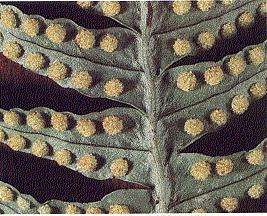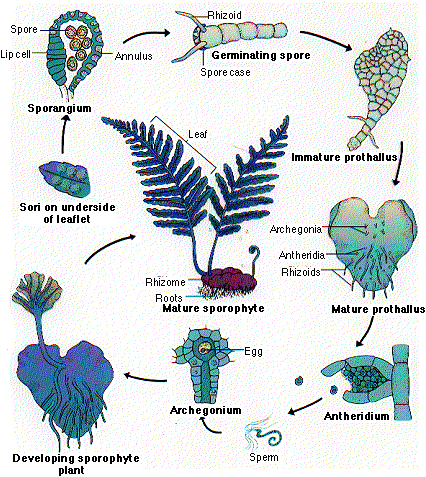

A seed is a tiny case containing plant life. A baby plant is in the seed. The seed sprouts. A little plant begins to grow. The seed has food for the new plant until it grows leaves to make its own food.

Seeds come in all different shapes and sizes. When you open the case of the seed you will see a tiny plant called an embryo. The seeds contain food so the little plant can survive until it can make food on its own. The food storage is called the cotyledon. Some plants such as the bean have two cotyledons. Others, such as corn have only one.
Almost all shrubs, vegetables, flowers and trees started as seeds. Some of the seeds grow into seedlings and then into their adult form.
![]()
When a seed is ripe, it drops from the plant. It begins to germinate or grow. In order to do this the plant needs: water, air, and of course sunlight to keep it warm. Sometimes if you are growing plants indoors, you can purchase a special kind of growth bulb. This, artificially, grows plants. A root eventually appears first and grows downward. Then a stem pushes upward toward the light. The first leaves appear and the plant can make its own food in its leaves.
There are so many different kinds of seeds that we eat. We also eat grasses. Yes, that's right, grasses. Corn, wheat, oats, and rice are different kinds of grasses called cereals. The seeds of these cereals provide food for many of the animals that we eat.
There are also non-flowering plants such as ferns, mosses, and algae that produce spores. A spore is a cell with a think protective covering, much smaller than the smallest seed. Spores develop directly into the adult plant. Spores are distributed by air or water.

On the underside of fern leaves, you can find small brown lumps. These lumps produce spores. When the spores are ripe, they fall to the ground and grow into new ferns.

Life Cycle of a fern:
